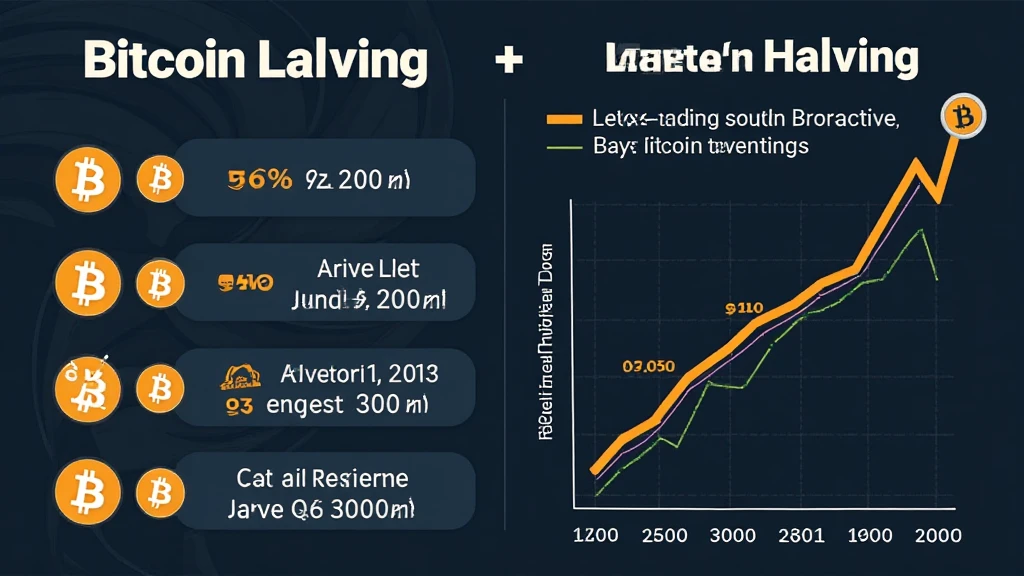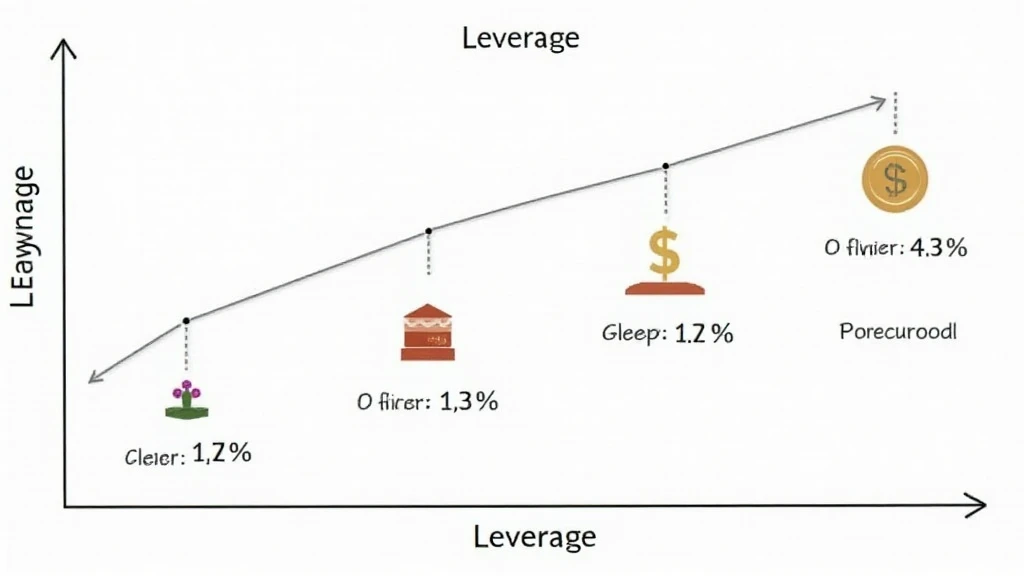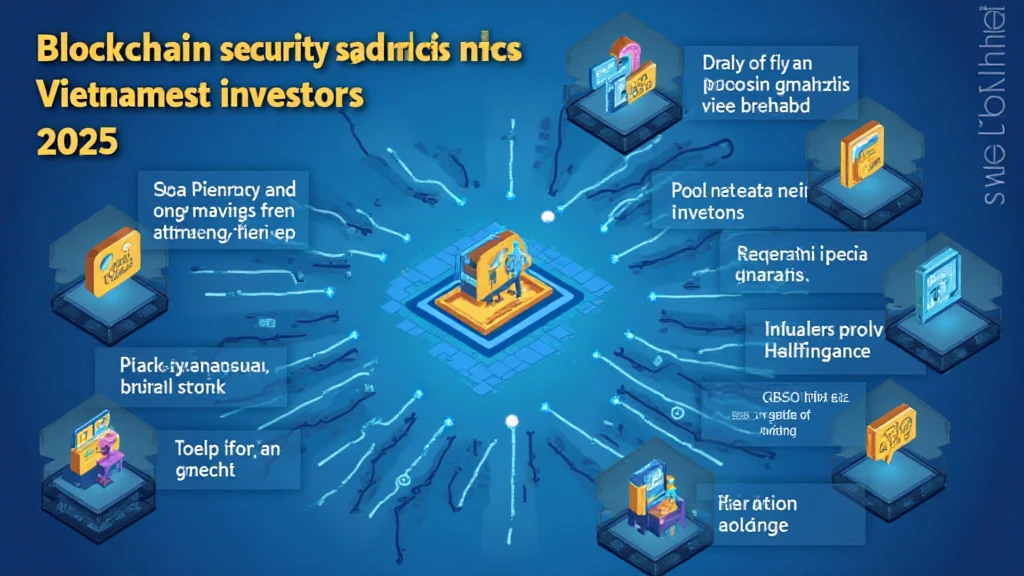Bitcoin Halving Historical Data: Insights and Implications
With Bitcoin’s market cap soaring and demand increasing, understanding Bitcoin halving historical data becomes crucial for investors and enthusiasts alike. Each halving event drastically alters the supply characteristic of Bitcoin, influencing its price and market dynamics. Let’s delve deeper into the significance of these events.
What is Bitcoin Halving?
Bitcoin halving is a procedure built into the Bitcoin protocol that reduces the rewards for mining new blocks by half after every 210,000 blocks mined, approximately every four years. This reduction in reward serves to control inflation and incentivize miners while ensuring a finite supply of Bitcoin — only 21 million BTC will ever exist.
Understanding the Impact of Halvings on Bitcoin’s Price
Historically, Bitcoin halvings have been associated with significant price increases. The first halving occurred in 2012, reducing the block reward from 50 to 25 BTC. This was followed by a substantial price increase, culminating in a historic high of nearly $1,200 by late 2013.

The second halving in 2016 further decreased the reward to 12.5 BTC. In the year following this event, Bitcoin surged to its all-time high of nearly $20,000 in December 2017. Analysts have continually examined such patterns, drawing correlations between halving events and subsequent bull runs.
Bitcoin Halving: A Look at Historical Data
| Halving Date | Block Reward Before | Block Reward After | Price Before Halving | Price After 1 Year |
|---|---|---|---|---|
| November 28, 2012 | 50 BTC | 25 BTC | $12.31 | $1,178 |
| July 9, 2016 | 25 BTC | 12.5 BTC | $650 | $20,000 |
| May 11, 2020 | 12.5 BTC | 6.25 BTC | $8,500 | $64,000 |
As evident from this table, each halving event has not only reduced the rewards for miners but has also led to significant price appreciation over the following year.
Why Should Investors Care About Halving?
Each halving event creates a supply shock where fewer Bitcoins enter circulation. This can lead to increased demand as the market reacts. Investors often view halving events positively, promoting FOMO (fear of missing out) behavior which can further drive prices up.
However, it’s essential to be cautious. Historical trends do not guarantee future performance, and Bitcoin’s price is influenced by various factors, including regulatory developments and market sentiment.
The Future: Looking Ahead to 2024
The next Bitcoin halving is projected to occur in April 2024, reducing the block reward from 6.25 BTC to 3.125 BTC. Many predict a bullish period leading up to this event, following historical patterns.
Local Market Impacts: In Vietnam, the cryptocurrency market has been witnessing exponential growth. According to hibt.com, Vietnam’s Bitcoin user growth rate has surged by over 120% from 2022 to 2023, indicating a heightened interest in the asset.
What Should Investors Do?
As we inch closer to the next halving event, investors in Vietnam and other countries should consider diversifying their portfolios, educating themselves on long-term holding strategies, and staying updated with market dynamics.
Potential Risks to Consider
- Market Volatility: Prices can fluctuate erratically.
- Regulatory Challenges: Regulations can impact prices significantly.
- Mining Difficulty: As rewards decrease, some miners may exit the market, impacting the blockchain’s stability.
Conclusion
The historical data surrounding Bitcoin halving events presents a nuanced understanding of their role in market dynamics. As we approach the next halving, investors must weigh potential rewards against inherent risks. Engagement in informed decision-making is vital.
For more insights on the evolving cryptocurrency landscape, join the discussion on allcryptomarketnews.
Author: John Doe, a blockchain researcher with 15 published papers in cryptocurrency protocols and has led various renowned blockchain projects. His expertise helps navigate the complexities of digital asset markets.





